Hello archi lovers!
Back to Europe, on a tourist and architectural trip we travel to the past, well, any vision of an architectural element contains a lot of history as it happens in a small and charming city in western Germany, very close to Luxembourg, called Trier (or Tréveris in Spanish).
And it is called that way because before it was called "Augusta Treverorum" (except for the names in Spanish cities, this is one of the ones I remember the most), that is what I liked the most when looking at the map and knowing that I was going to visit the city, because not being so well known I had to look for information. Where is it?
The Romans arrived in Germany, facing various groups of Germanic tribes or barbarians (as they were called) on many sides and wherever they went they built and expanded their empire and also their constructive splendor. And also in Trier they built theatre, baths, bridge and much more, and here in particular their most emblematic element: Porta Nigra (The Black Gate).
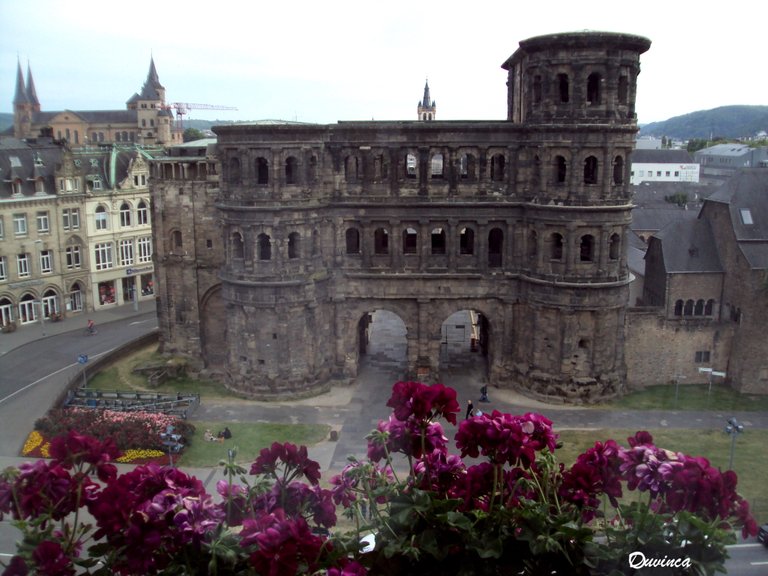
It is a monumental fortification, in its day, of protection (if there were walls), but I am not sure if the name is due to the material used in this construction, since it is true that now the stone looks somewhat blackened or if it had some other connotation, but it is impressive, and it is undoubtedly the best welcome we could have. Are we in Germany?
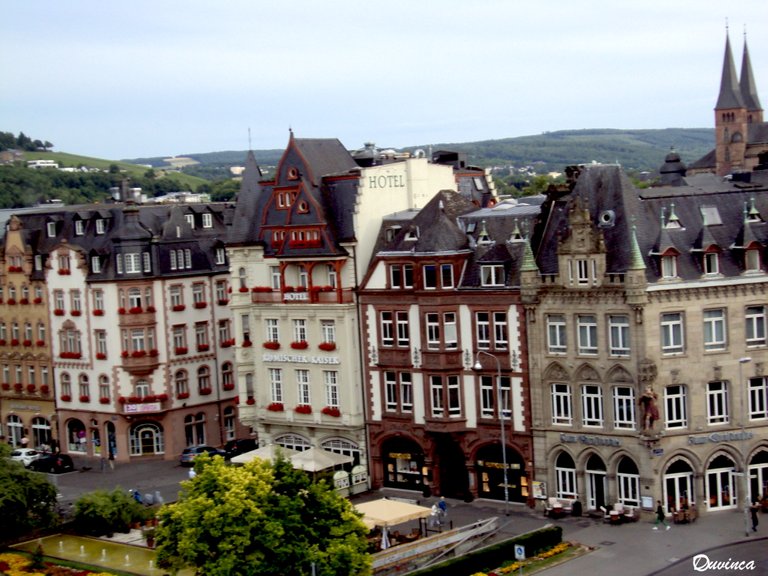
Yes, we are in Germany, as soon as we walk through the door it seems that we are traveling to another era, because as soon as we start walking through its streets, other historical eras also appear ahead, on each of its facades.
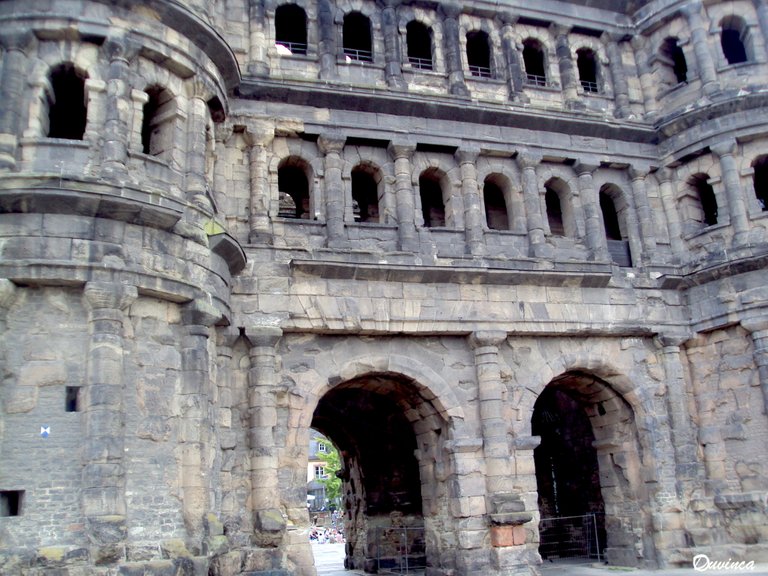
Medieval houses and also from later times, in that very European Germanic or gothic style, those charming houses beautifully decorated with flowers and ornaments. This environment makes walking through Trier a delicious and very peaceful experience, because it is a small city where life seems to pass more slowly, so perhaps all its history can be appreciated more closely.
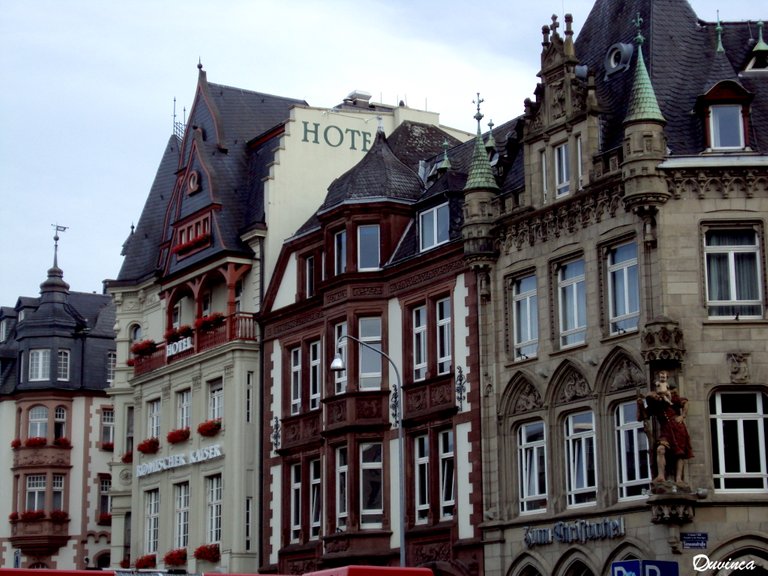
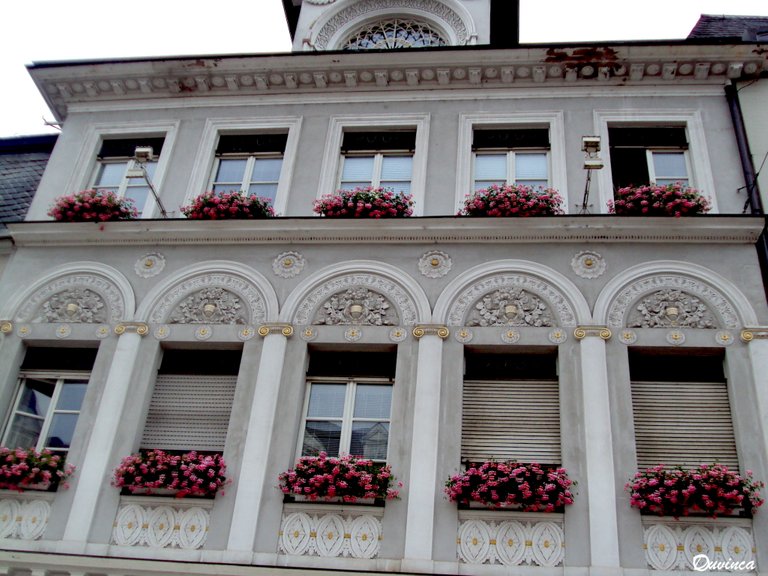
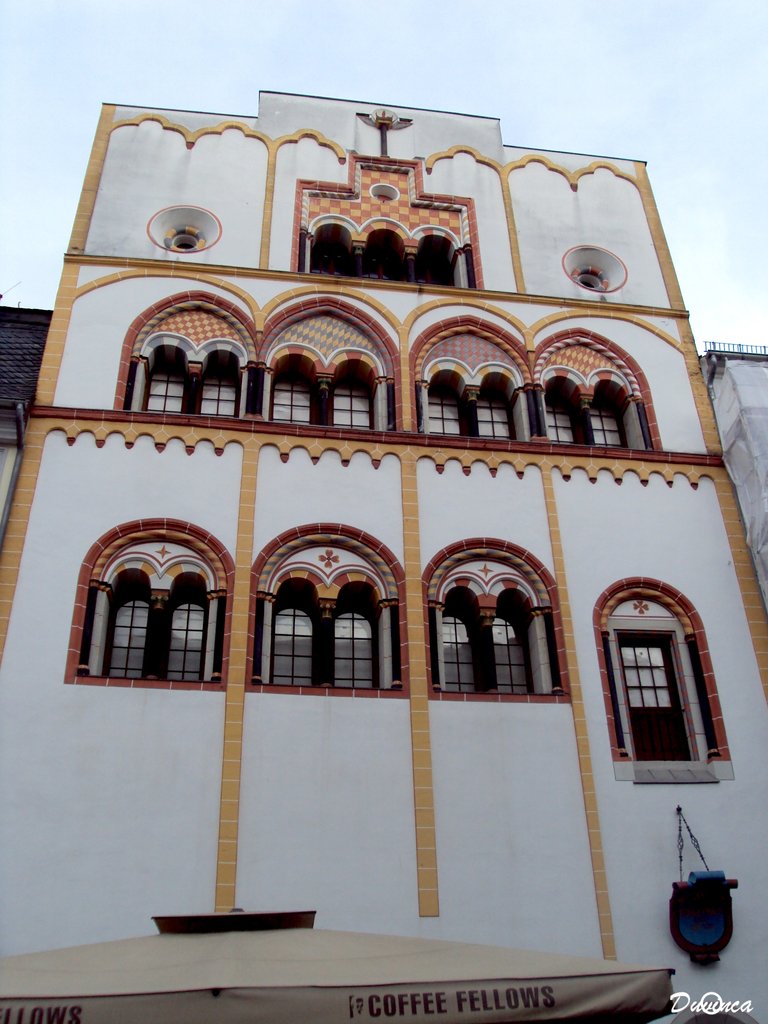
Because there is a lot to see and little time, a robust and shining cathedral in the afternoon sun, other towers in the distance, more facades and other places that we surely won't have time for, because there is a lot to enjoy too.
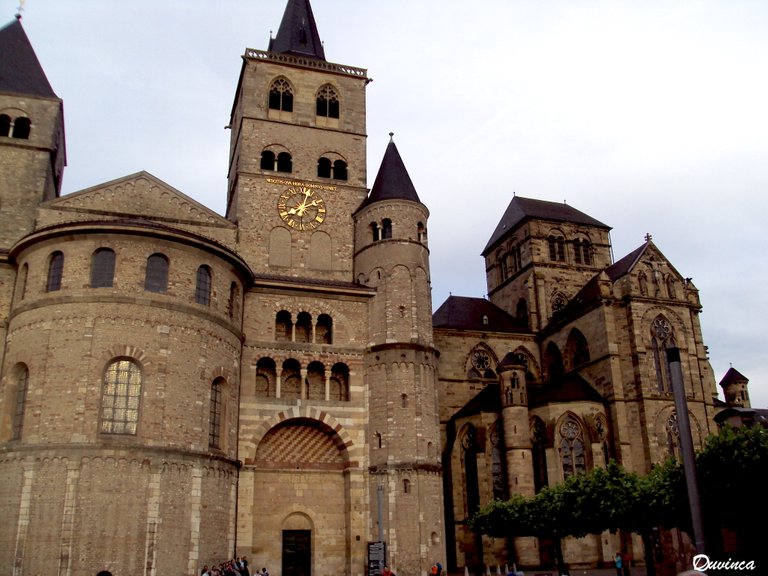
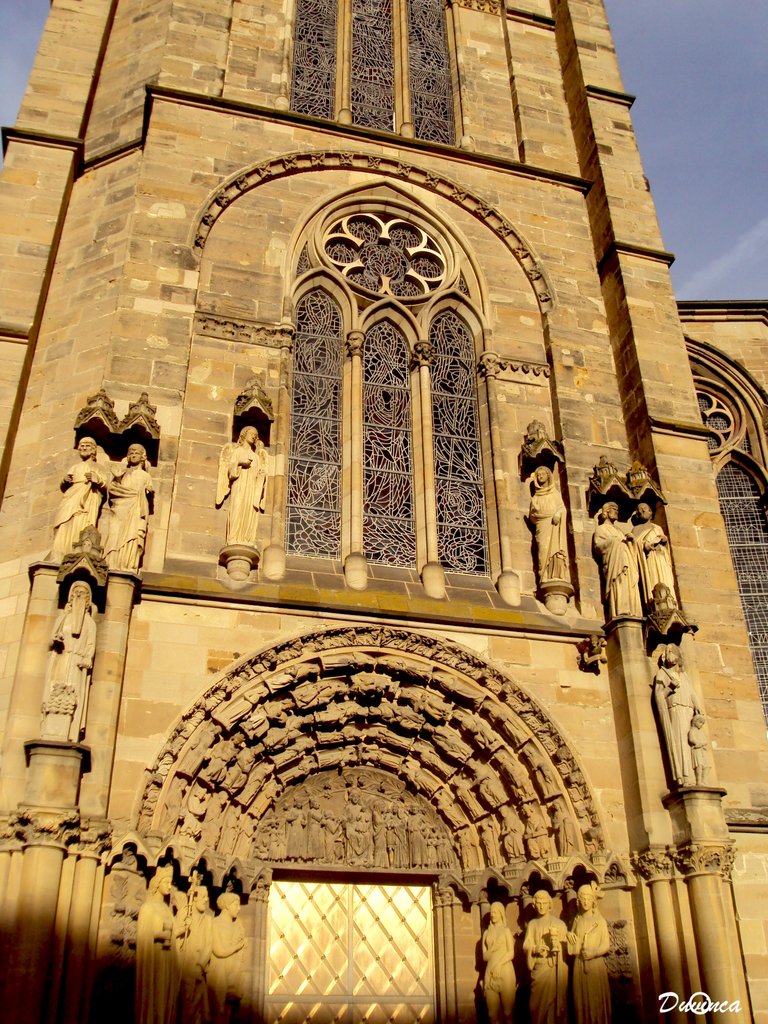
And while we feel the peaceful surroundings in the Market Square, where people relax and have a drink without being aware of being surrounded by beautiful façades that may seem usual or classic but which evoke those old tales by Hans Christensen or the Grimm brothers, or other traditional. Certainly at times, in some small streets we seem to be the protagonists of a story, is it a real setting?
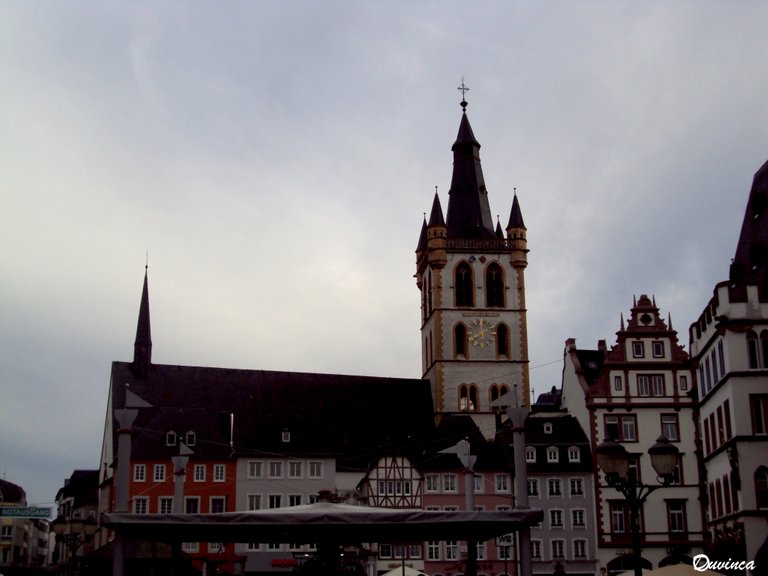
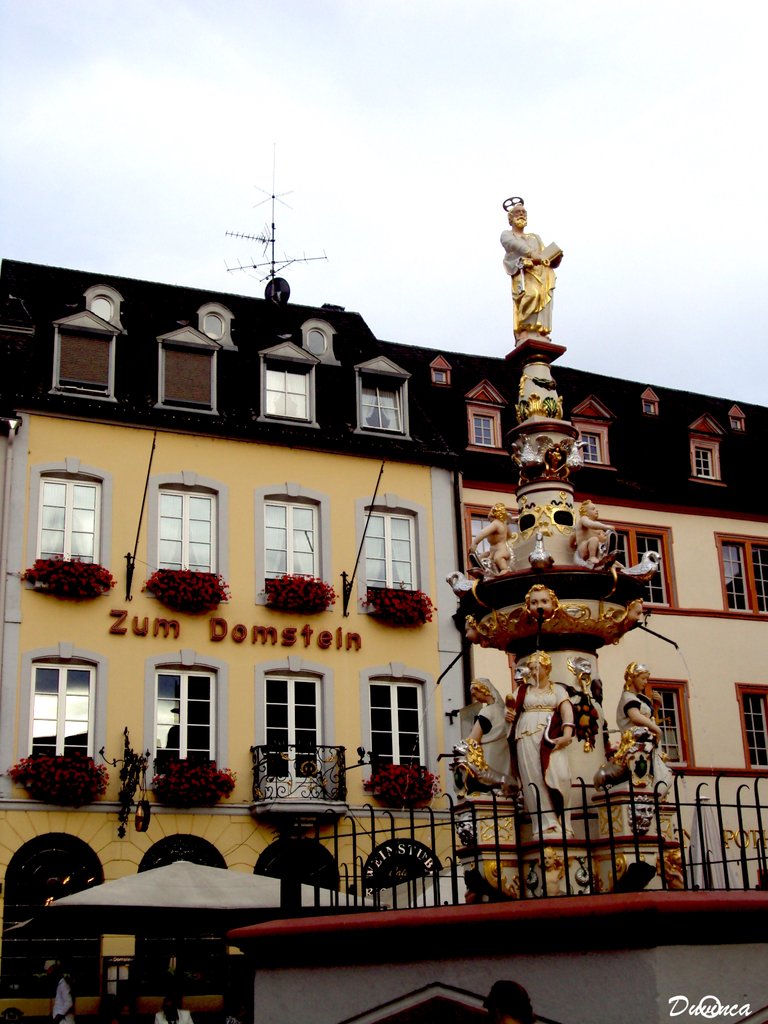
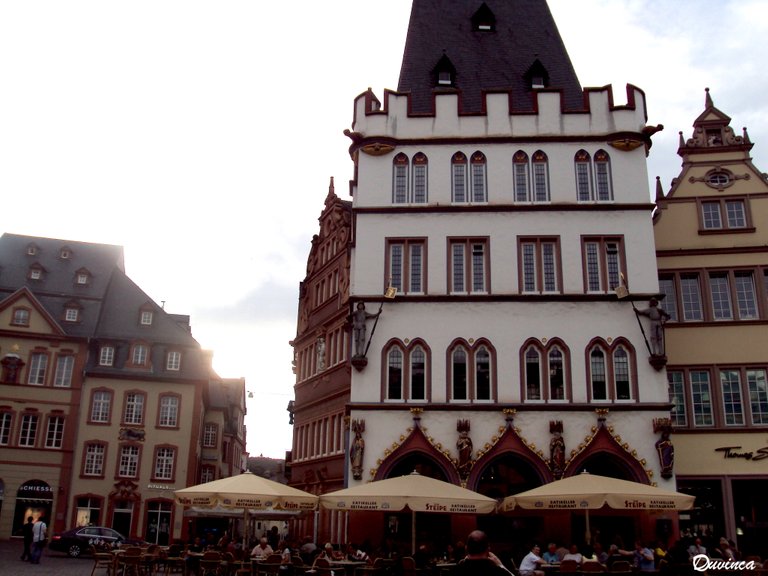
It is when we return to the Porta Nigra, which becomes the heart of the city and its maximum icon. And it's curious because from a window in front we can contemplate the end of the day, the dimmest light illuminates all this beautiful Roman-German decoration, a curious mixture of architectures and styles. Also, almost as if it were an impressionist look, everything changes depending on the light. This impressive remnant of Roman civilization adorned with flowers from the window looks different in the afternoon or then the next morning with another contrast with more energy, it doesn't even look so black anymore, could it be the Porta Solis? (Sun Gate or Puerta del Sol, oh no, that's in Madrid).
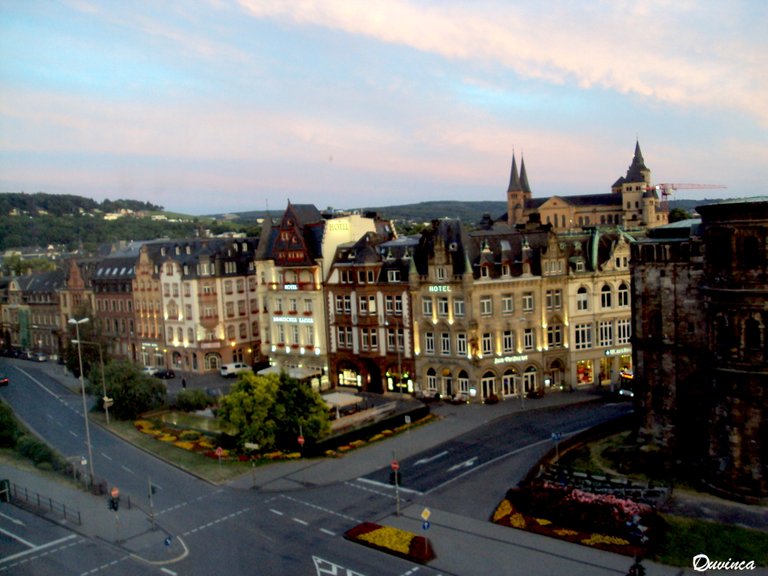
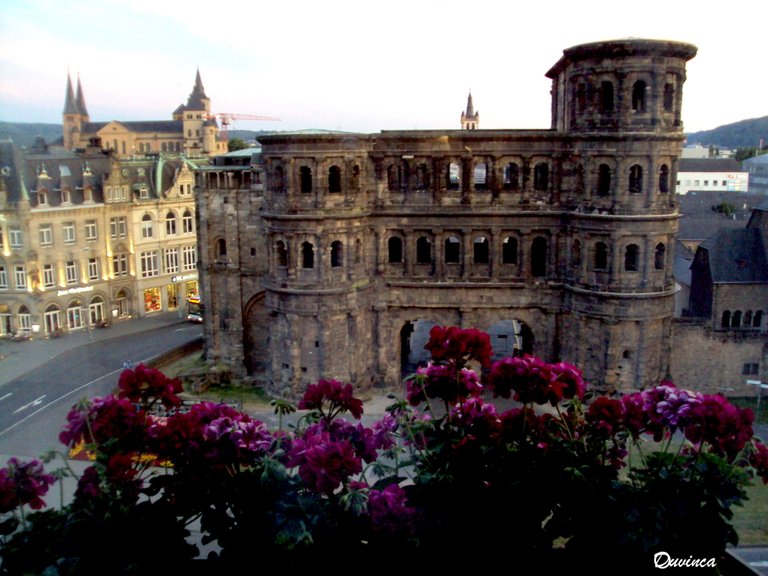
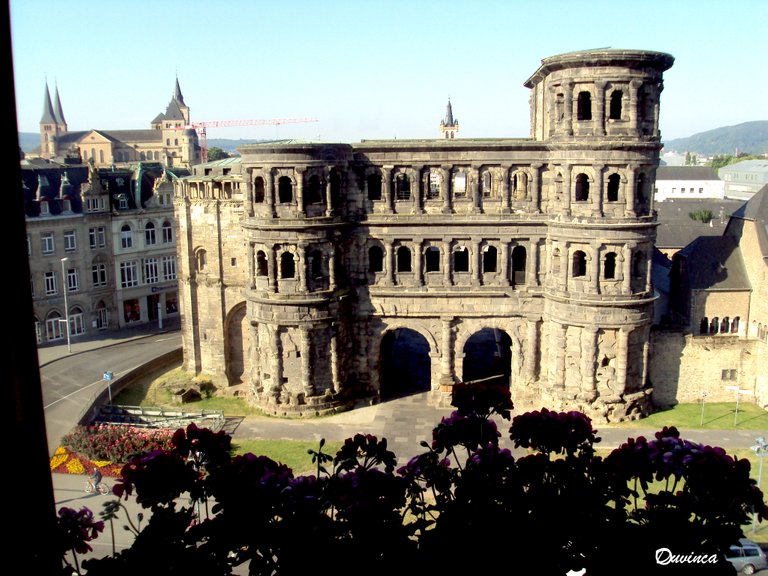
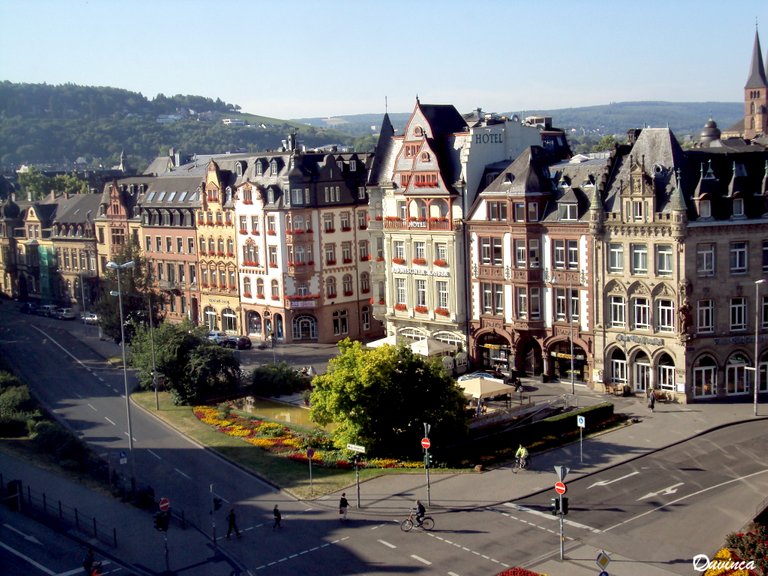
But the Porta Nigra will continue to be the black door, even if it is so spectacular, because it has survived some two thousand years of history with strength and honor, just as its Roman builders had. And it is preserved with pride, like the one of its current inhabitants who live in this German land so cute, alive and also so Roman.

Now we will follow the path to discover more places, buildings and monuments that continue to surprise and impress us because there are always wonders in architecture where you least expect it.
Trier, Germany, Europe
Please for more information about this city visit the Wikipedia page (Trier).
Thanks so much for reading! Have an amazing and surprising day.
















.jpg)
